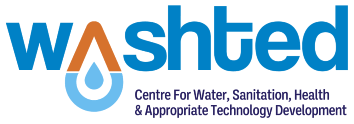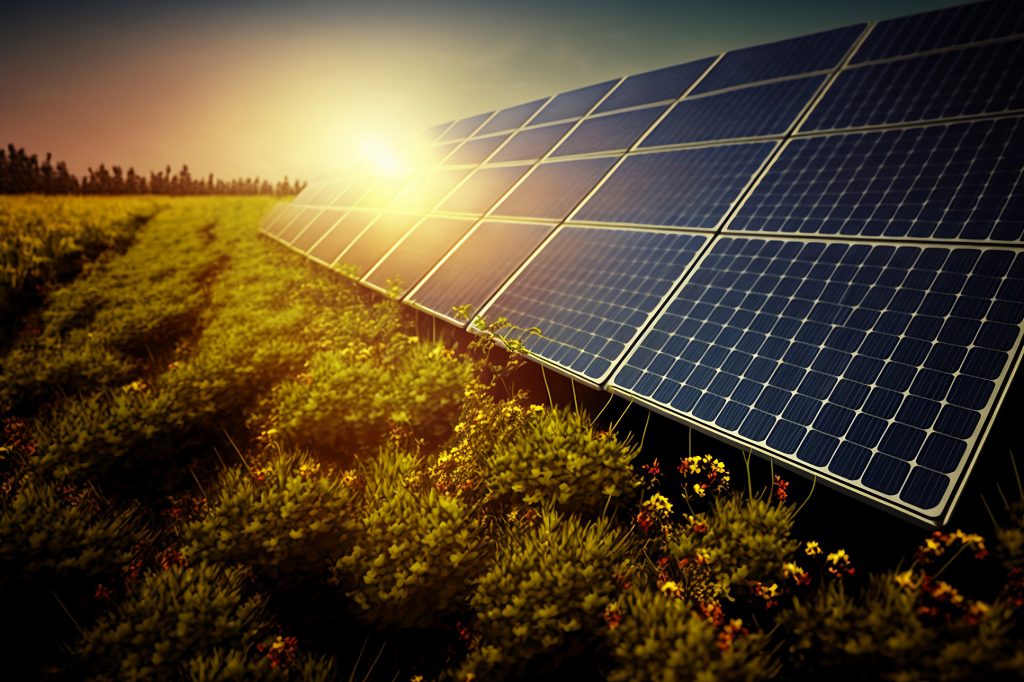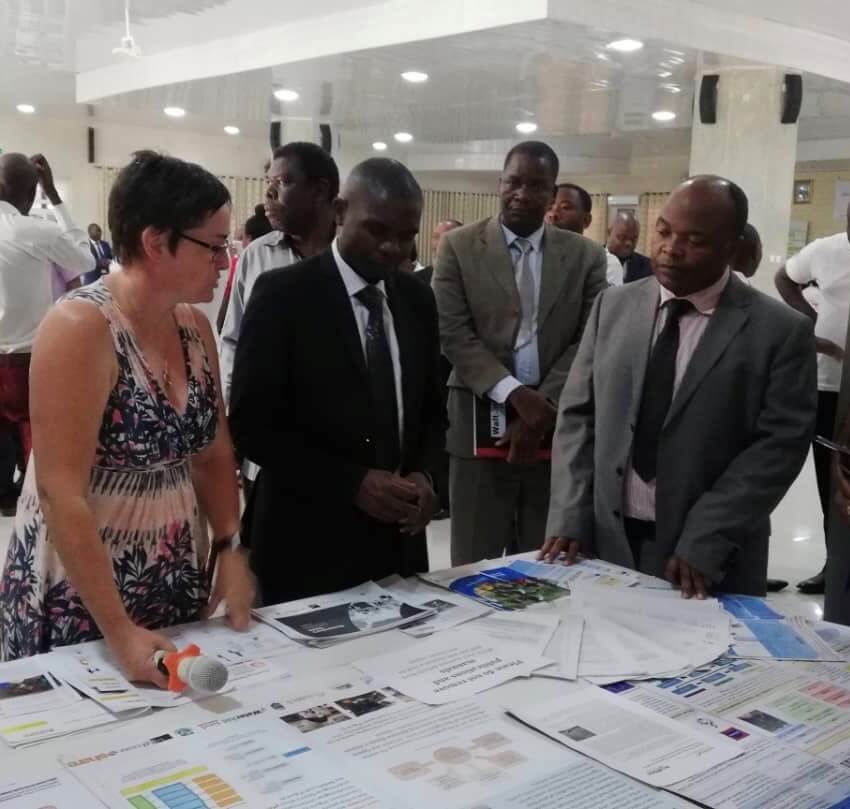Energy in Malawi
Malawi is a land locked, Sub-Saharan Africa country with a population of approximately 16 million. Only 9% of the population has access to the national grid electricity and access to the rural areas has remained stagnant to less than 1% for a long period of time. Comparatively, the sub-Saharan average is 16% for the rural and 32% overall, thus making Malawi one of the least electrified countries in Sub-Saharan Africa.
MREAP joined multiple programmes of work within one coordinated entity. The overall objective was to accelerate the growth of community and renewable energy development in Malawi through multiple, targeted and coordinated activities with good potential to provide a platform for that growth. Each separate component had its own operational objectives and deliverables that stood alone as contributions to the energy sector in Malawibut also offer opportunities for synergies.
Objectives of Each Work-stream
| Institutional Support | Malawian institutions have evidence and systems to support the effective development of the renewable energy sector to provide development benefits for Malawian communities. |
| Community Energy Development | Effective community renewable energy deployments are facilitated by capable stakeholders who support & empower communities to develop and own renewable energy projects and in so doing support the effective development of the renewable energy sector to provide development benefits for Malawian communities. |
| Renewable Energy Capacity Building | Higher Education Institutions, trainers and entrepreneurs have the knowledge of renewable energy to support the effective development of the renewable energy sector to provide development benefits for rural communities. |
| Wind Energy Preparation | E˜ffective wind power resources are deployed by capable stakeholders within government, civil society, communities and private sector to support the effective development of the renewable energy sector to provide development benefits for rural communities. |
Our Programme Steering Group was co- chaired by the University of Strathclyde and the Department of Energy A˜ffairs for the Government of Malawi. Eight partners from both Scotland and Malawi were part of the delivery of MREAP:
- University of Strathclyde (Lead)
- Community Energy Scotland
- WASHTED
- IOD PARC
- Mzuzu University
- Concern Universal
- MuREA
- Renew’N’Able Malawi
Outcomes
MREAP established new energy projects in 15 districts throughout Malawi including some of the most remote areas.This often brought transformation technologies like Solar PV to primary schools and health centres where they could have the greatest impact.In many locations this MREAP brought basic modern energy access for the first time.
MREAP accomplishments by Workstream
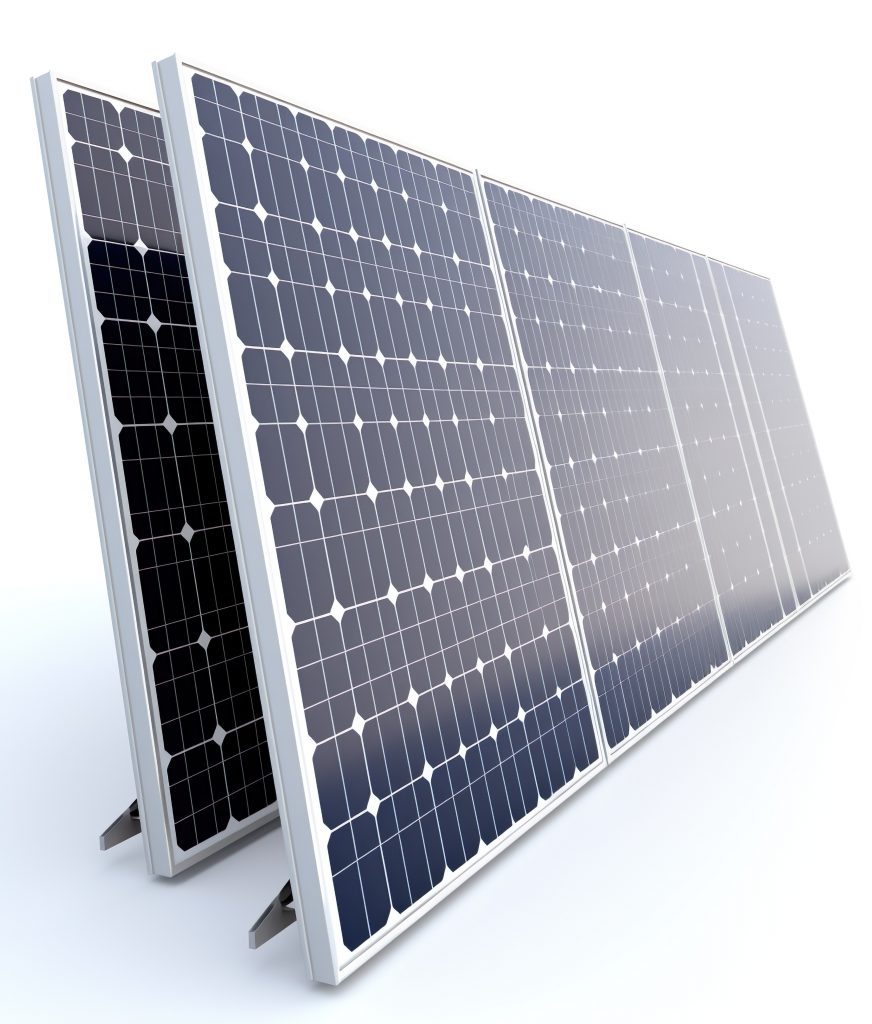
Community Energy Development Programme (CEDP)
- MREAP created 46 new community energy projects & piloted 4 Strategic Energy Projects:
- An estimated 78,875 people have benefited from improved access to energy.
- 1x micro-hydro mini grid in Mulanje
- 4x Solar PV installations with advanced technical designs in Chikhwawa
- 12x Biogas digesters in Mchinji
- 5x Solar PV installations and a regional biomass management programme in Balaka district
- Creation of a community energy development and support organisation
- First ever National Community Energy Conference held – bringing communities together to voice their needs and learn from each other.
- Community Energy Toolkit launched.
Wind Energy Preparation Programme (WEPP)
- Initial wind power feasibility study completed and provides a key input for development of commercial scale wind in Malawi
- 2 wind masts installed at promising locations to capture weather data. An online portal for current data was made available for general use. A wind measurement campaign was underway from May 2014- May 2015
- Built capacity of the Department of Energy Affairs and the Malawi Met Office through the process to identify and validate sites and provision of key data for the initial feasibility study. In addition, the National Commission of Science and Technology participated in site visits for the Initial Feasibility Study
- A Bankable Wind Energy Yield Analysis created and delivered to project stakeholders. This document supplies the Department of Energy Affairs with critical information to develop commerical scale wind in Malawi.
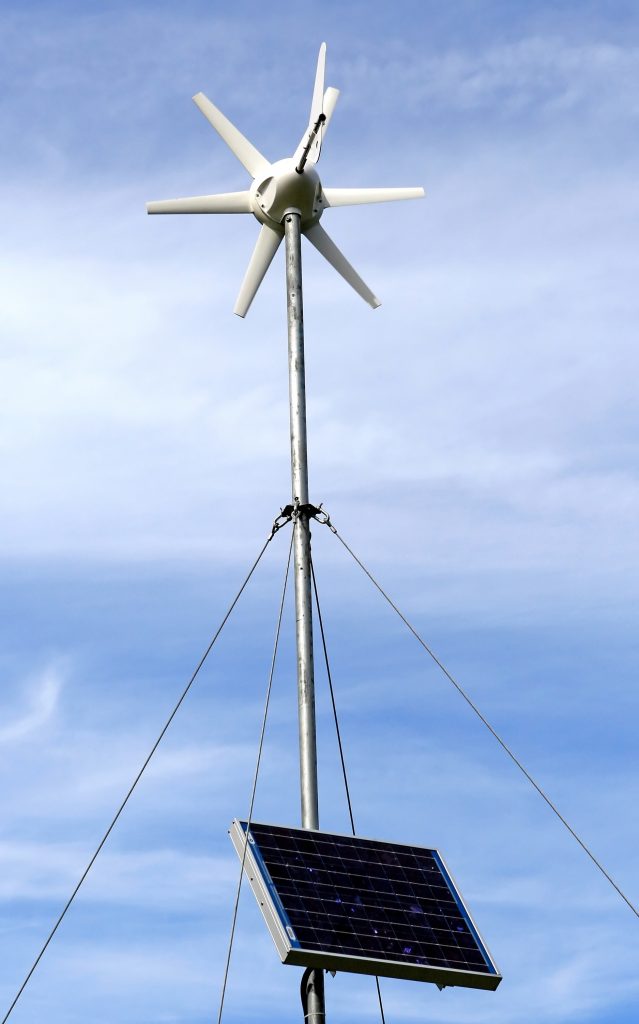
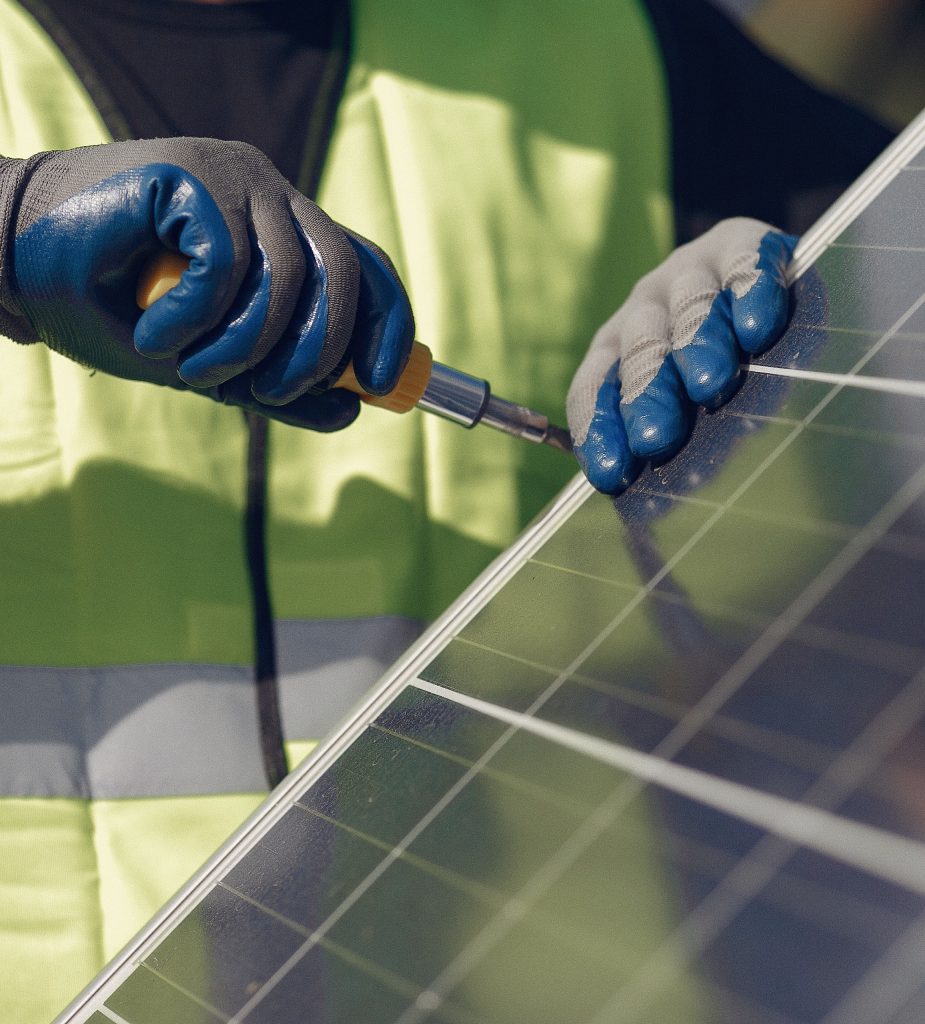
Renewable Energy Capacity Building Programme (RECBP)
- 1 new MPhil in Renewable Energy programme established at the Polytechnic
- An initial cohort of 13 students completed their studies in 2015
- 8 handbooks for renewable energy training created by WASHTED and delivered in 3 courses to 150 community members
- Renewable Energy Entrepreneurship Fund (REEF) launched with 14 grants being awarded to entrepreneurs. Grants included: (1x) Proof of concept, (1x) Business plan, and (12x) Commercialization
- A successful small scale roll-out of remote monitoring technology demonstrates proven benefits to the technology towards improving solar pv sustainability. In all, 4 sites in Chikhwawa are monitored in near real-time
- Dedicated research studies were completed involving MREAP data and producing case studies. Key areas of learning: Solar PV sustainability, energy use trends, integrated development programmes
Institutional Support Programme (ISP)
- Dedicated studies completed to support policy makers: Evaluation of off-grid community energy projects, pilot of a community energy toolkit, impact of solar PV on teacher satisfaction, policy options for community energy in Malawi
- Facilitated process to bring Scottish Government Support to Malawian Department of Energy to support renewable energy policy development and provided key background documents on how Malawi can engage with the international community.
- Development and implementation of a Monitoring & Evaluation framework for community energy projects. Completion of a Process evaluation on CEDP projects to better understand strengths and weaknesses of the approach

